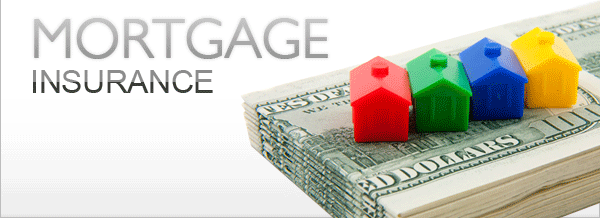-

Thursday September 06, 2018
What is PMI
Are you in the process of being pre-qualified to buy a home? If so, it’s important to ensure you are aware of the pros and cons of low-down-payment financing. PMI, in particular, is an important topic to learn as it increases mortgage costs.
PMI is a form of mortgage insurance that’s required for those who get a conventional loan and pay less than 20 percent down. The majority of PMI policies are paid monthly, but it’s also possible to cover PMI at closing with a large upfront payment. However, a 20 percent down payment isn’t an option for a significant portion of homebuyers.
In fact, according to the NAR’s latest Realtors Confidence Index, 51 percent of all non-cash buyers bought their homes with less than 20 percent in June of 2018.
Beware, though, that while low down payments may make it easier to finance the purchase of a home, it’s important for a buyer to know that making a low down payment will likely result in a higher interest rate and the inclusion of private mortgage insurance (PMI).
However, if a low down payment is the only way to go, the good news is that PMI can be canceled once the principal balance of the mortgage falls to 80 percent of a home’s original value, as long as the borrower has shown good payment history and being current on payments at the time the cancellation request is made.
This is not so if financing with an FHA loan. In this case, the mortgage insurance, called MIP (mortgage insurance premium) can only be eliminated by refinancing.
One more thing to know, PMI protects the lender, not the borrower. Some buyers believe that PMI protects them from foreclosure; this isn’t the case. PMI protects the lender, not the borrower, against loss. Although borrowers are the ones paying premiums, the only real benefit PMI offers to them is the ability to purchase a home without making a 20 percent down payment.